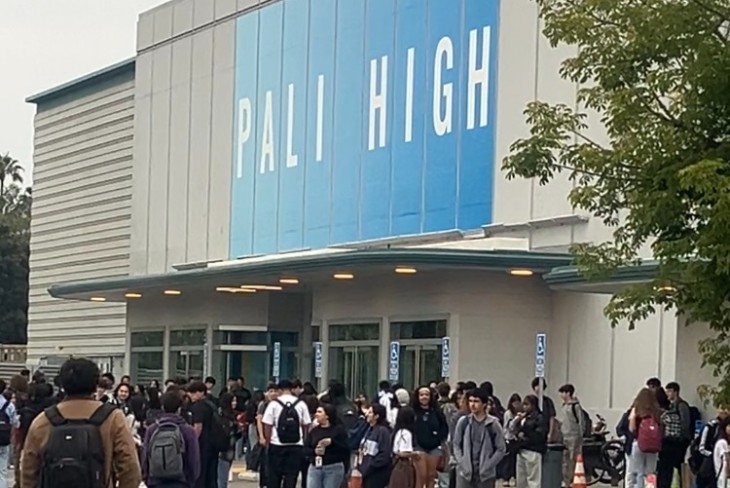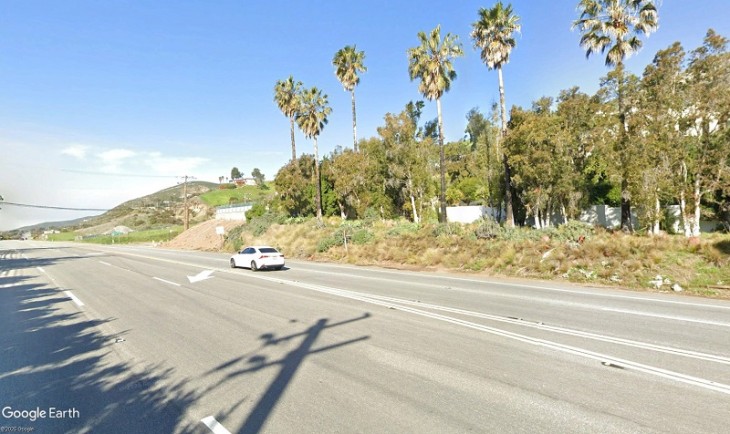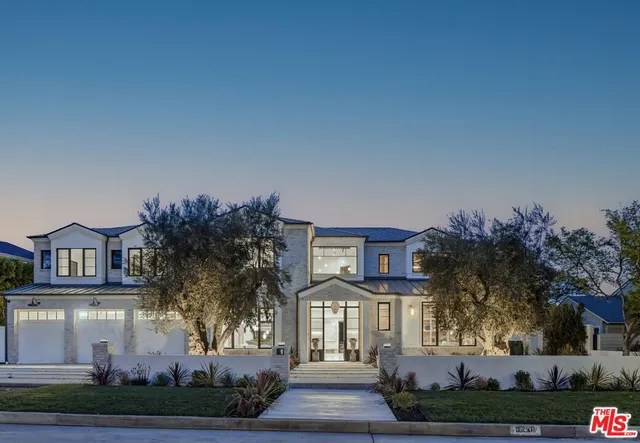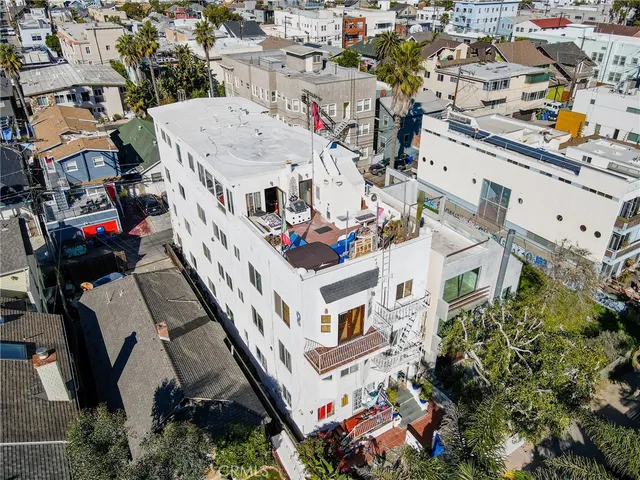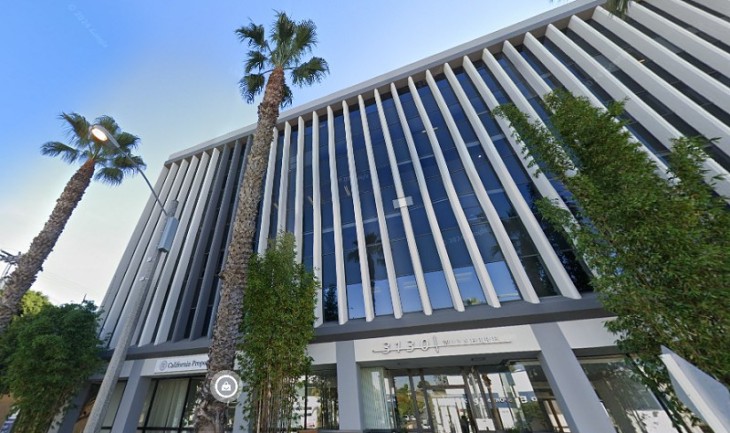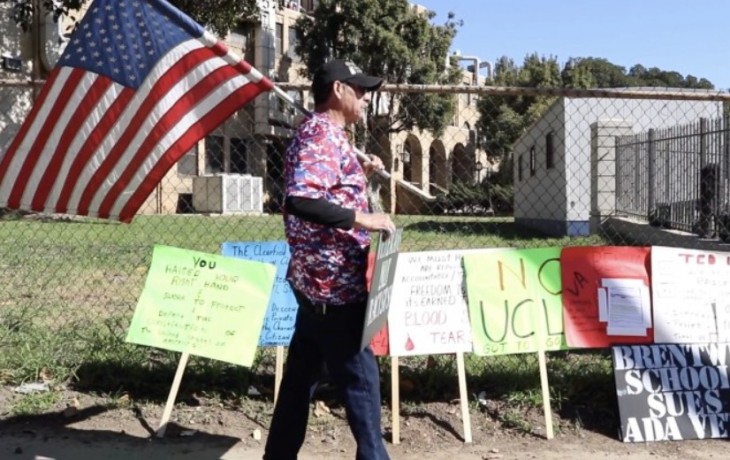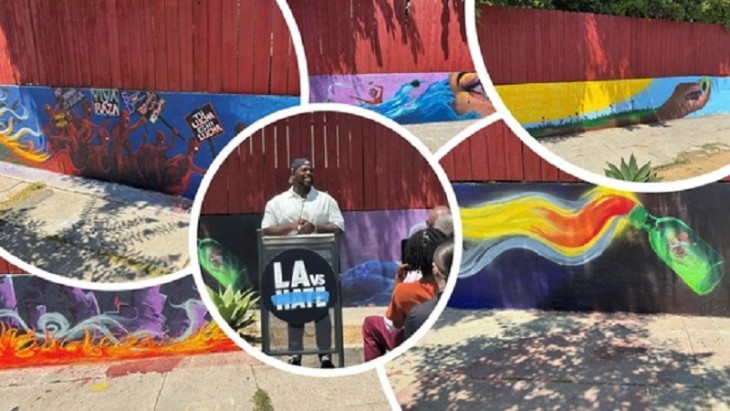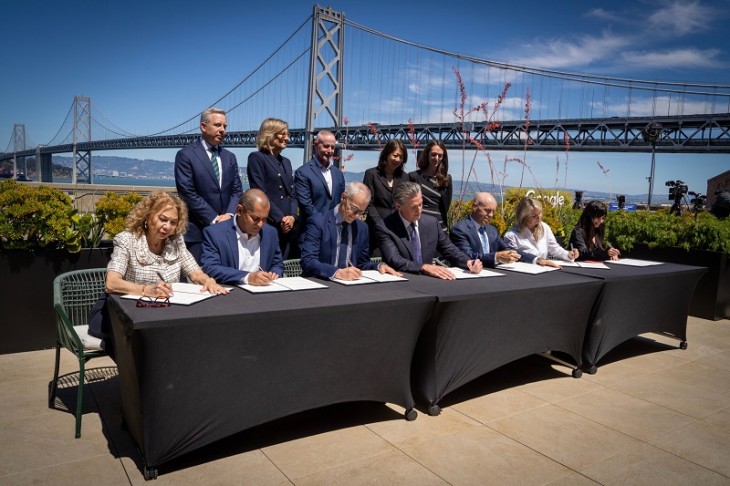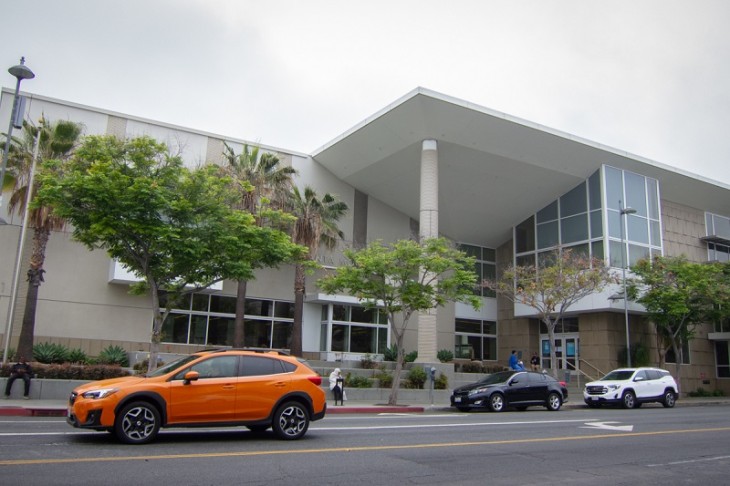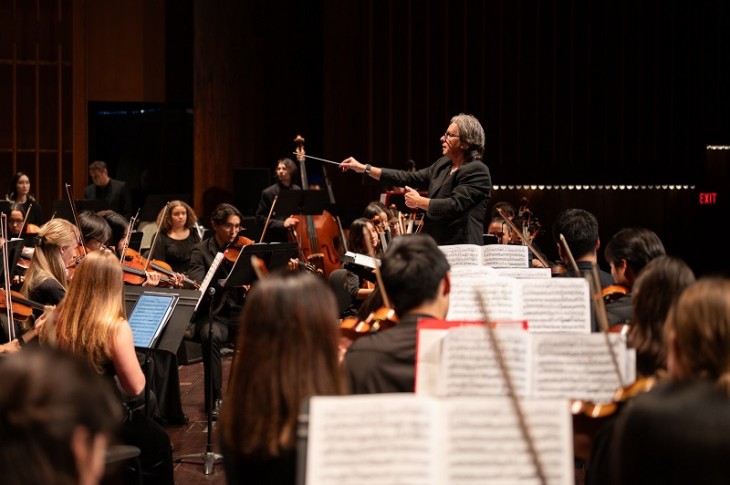Last week we asked: what should Santa Monica look like in 5, 10, or 15 years? Will we be an urban city or a beach city? What questions need to be asked and answered? This week we continue with our review of important issues facing our community.
Housing and affordability: How much do we need and how best to accommodate it? With the influx of millennials, how many will become permanent residents and/or able to afford housing.
And with continuing higher and costlier development, the result will be more displacement of low income residents. We just approved 191 units on Lincoln to obtain 14 affordable units. Why are we approving this additional height and density, especially on Lincoln, when a one-quarter percent sales tax was approved to provide alternatives for affordable housing. A more effective strategy for inclusive growth is needed. Our code on the boulevards already allows three stories of mixed-use, housing and commercial, while also requiring 20 percent affordable.
Political structure: Is the City governing for its residents or for those who want to come to Santa Monica? Should Council and staff be responsible to residents or tourists?
Unfortunately politics and money are aligned, the City budget is strongly linked to development. Elected officials are influenced by developer interests in trying to balance budgets with future pension shortfalls or just to pay the cost of inflated re-election campaigns.
Cities have broad land use authority but in our city with 74 percent renters, there is only one political party backing candidates who put rent control far above beachfront character, quality of environment, even the public realm.
With the possibility in the state legislature of increasing rent control, this may result in more units being built for sale with the resulting conundrum of trading away our environment in exchange for a handful of replacement affordable units.
And with the heavy burden of high staff salaries, pensions and benefits, along with union contracts up for renewal this year, we need to further rely on excessive development. Meanwhile the City’s economic staff encourages large corporate development to improve the long term economic picture and encourages increasing tourism, currently at $9 million/year or an average of 25,000/day in our city of 92,000 residents.
We can’t stop this but can better control it. We need to raise the level of knowledge. We need decision makers who understand more than rent control and affordable housing, who understand urban design and true sustainability. We need to empower the public and put the City Council on notice. Is district voting for council in our future? Or is an off-shoot of Residocracy needed that provides more effective voice for the residents and balances Santa Monicans for Renters Rights (SMRR)?
City-owned properties: Are another significant variable with a big impact. The City is the largest landowner of properties which are spread throughout the 8.3 square miles and waiting for re-development. The Civic Center, Bergamot Art Center, Santa Monica Airport, Memorial Park, and 4th and Arizona downtown can provide multiple cultural and recreational benefits. The 2.6 acre site at 4th and Arizona is owned by the residents and should be used for public purposes – not leased to a developer.
Economy: The future ups and downs of our economy – tourism, media, auto, medical, and education, represent major, expanding industries in Santa Monica which also add substantially to City coffers. But money tends to burn a hole in one’s pocket. Will corporate chain stores continue to drive out local business, and how do we change that balance? Will we need enterprise zones or commercial rent control to keep our local businesses? With controlled growth in our downtown and on our boulevards it’s definitely possible to add more commercial area and population than will ever be required in 3 and 4 story buildings while maintaining our quality of environment.
Downtown Community Plan (DCP): Over the next two – three months, the DCP will be approved. Do we want or even need an urban downtown replacing current beachfront character? Five- to seven-story buildings will displace small business and provide further traffic congestion and higher rents. In addition, the proposed DCP allows three “opportunity sites” another 50 percent taller. Why? This will not appease the majority of residents but will make the city available to future “short term” residents.
Conclusion: What is the future of our city? Change and growth are certain, but exercising control over the pace and direction is fundamental in preserving our quality of life. With our beachfront paradise shrinking, will our current political and corporate culture eventually lead to further hard times for both residents and commercial entities.
The alternatives are quite simple – maintaining a beachfront city of two, three, and four stories or 30, 40, and 50 ft. in our residential neighborhoods, along our boulevards, and in downtown, with many related benefits, or an urban city of five, six, and seven stories or 50 – 84 ft. with a multitude of growth related problems.
We can maintain our beachfront city and meet perceived or real housing shortages while slowing escalating costs, but city stakeholders, the residents, must continue to fight. City Council and City Staff, Planning Commission and Parks and Rec. – are you also up to the task?
If not, the following service from an unknown source may take place:
“Friends gathered today to say goodbye to an old friend who died having suffered 40 years of caretaker abuse and incessant beatings and asphyxiation due to strangulation. Santa Monica, founded in 1875, incorporated in 1886, loved by millions, will be sorely missed by friends and loved ones following chronic severe hemorrhaging of development and blocked arteries. Spending the last years ignored by the caretakers, while actually in need of intensive care, was instead left to the control of witch doctors and charlatans that seemed to weave a hypnotic net over rational minds and led to this very early demise. Amen!”
Ron Goldman for SMa.r.t. (Santa Monica Architects for a Responsible Tomorrow)
Thane Roberts AIA, Architect, Robert H. Taylor AIA, Mario Fonda-Bonardi AIA, Ron Goldman FAIA, Daniel Jansenson Architect, Samuel Tolkin AIA, Phil Brock, Santa Monica Arts Commission. For previous articles see www.santamonicaarch.wordpress.com/writings.



